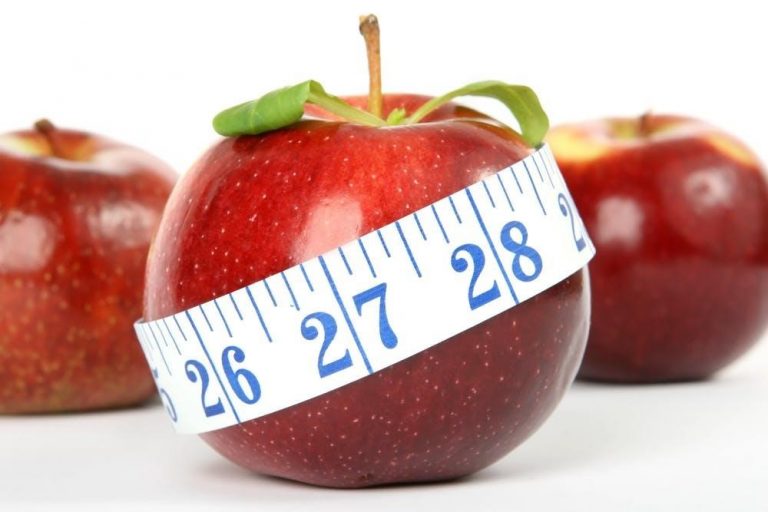
And that’s just the start!
It may strike some readers as odd that a 27-year-old woman would be worried about living a longer life. However, I have spent a long time believing that I was immune to such things as weight gain, cancer, or a decline in appearance (which let’s face it wasn’t model worthy to begin with). But, I have certainly started seeing and feeling the effects of aging, especially since having my son and he is one of the many reasons I am seeking a longer, healthier life for myself.
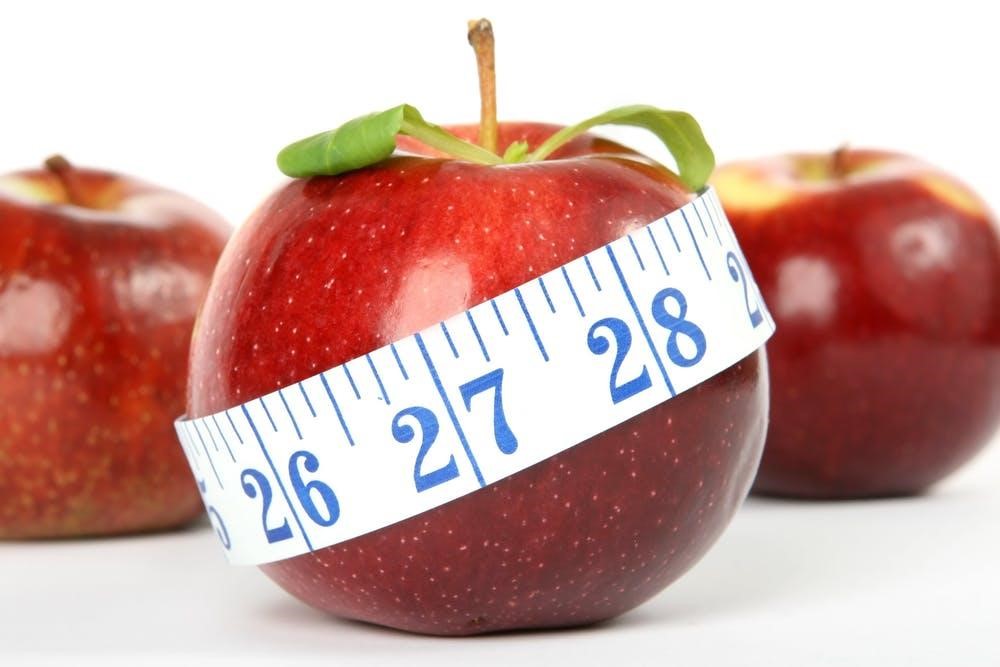
So, I found a cookbook (yes, a real-life hardcover book) in my collection that seems to be barking up the right tree. Reader’s Digest: Live Longer Cookbook is chock-full of helpful information and tips on pursuing a healthier way of eating to help make the life we are living, worth it!
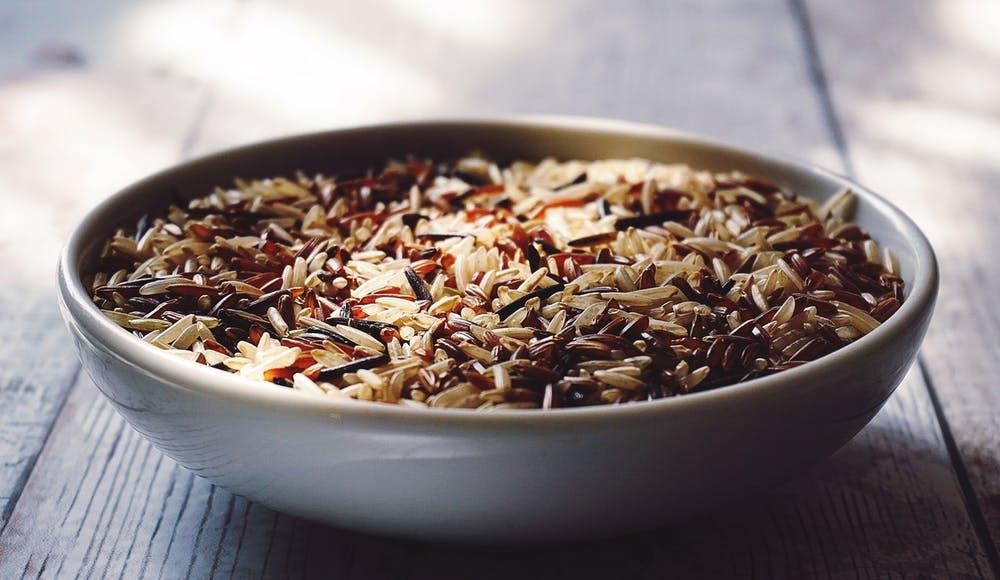
Tip #1: Complementary Proteins are oh so delicious!
The cookbook has a section describing what complementary proteins are and why it is important to consume them. The example of beans and rice is used to explain that these two foods are complementary because beans are good sources of lysine (an amino acid) and contain insufficient amounts of methionine. Therefore, they should be combined with rice which is a good source of methionine and contain insufficient amounts of lysine. Your diet is properly balanced when consuming the bean and rice combination, not to mention it is delicious!
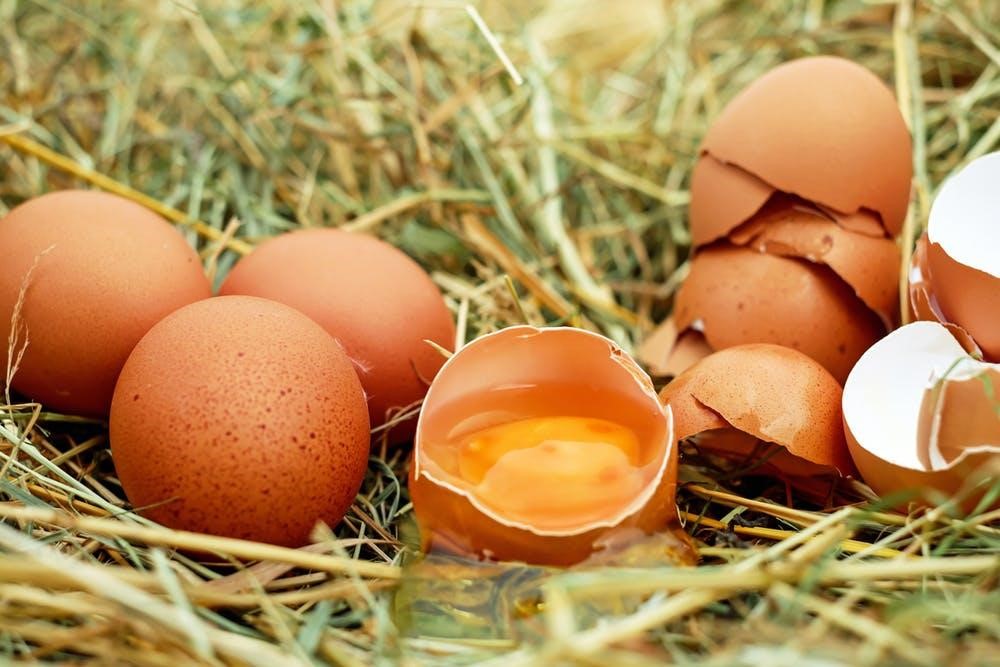
Tip #2: Egg Whites are always right, Egg Yolks are bad news, folks!
I have written quite often about the frequency of my egg consumption. I never really thought much about it. Eating three eggs, sunny side up with toast every morning seemed like such a healthy choice. I have come to learn through this cookbook that one egg yolk contains 210 milligrams of cholesterol. That is roughly the same amount of cholesterol found in three hamburgers, according to Reader’s Digest: Live Longer Cookbook. This information completely stunned me. The section goes on to explain that while the egg yolk is something to limit in your diet, it is perfectly fine to consume the egg whites as often as you please.
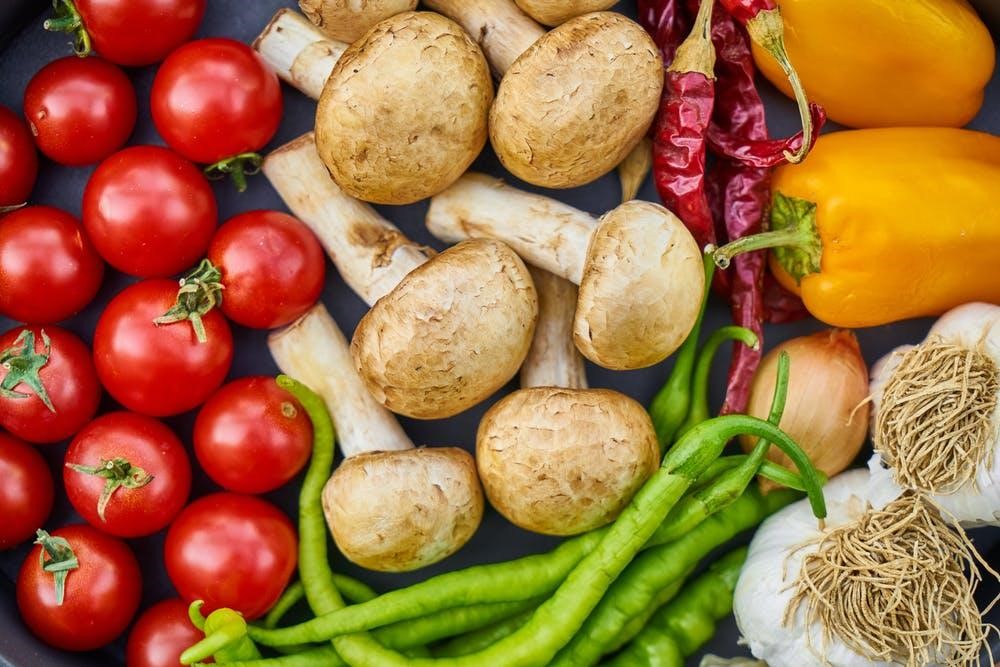
Tip #3: Retaining the vitamin content during cooking vs. Freezing
This tip looks at the difference between the vitamins that are destroyed by cooking food as opposed to the vitamins destroyed by freezing food. It seems that some vitamins are destroyed during the cooking process. Therefore, Reader’s Digest: Live Longer Cookbook recommends cooking fruits and vegetables for as little time as possible to retain the maximum vitamin content. Vitamin C is particularly easy to destroy when exposed to heat.
Alternatively, vitamins are not destroyed during the freezing process for food. Fruits and vegetables that are “fresh-to-frozen” will still contain their full nutritional value.
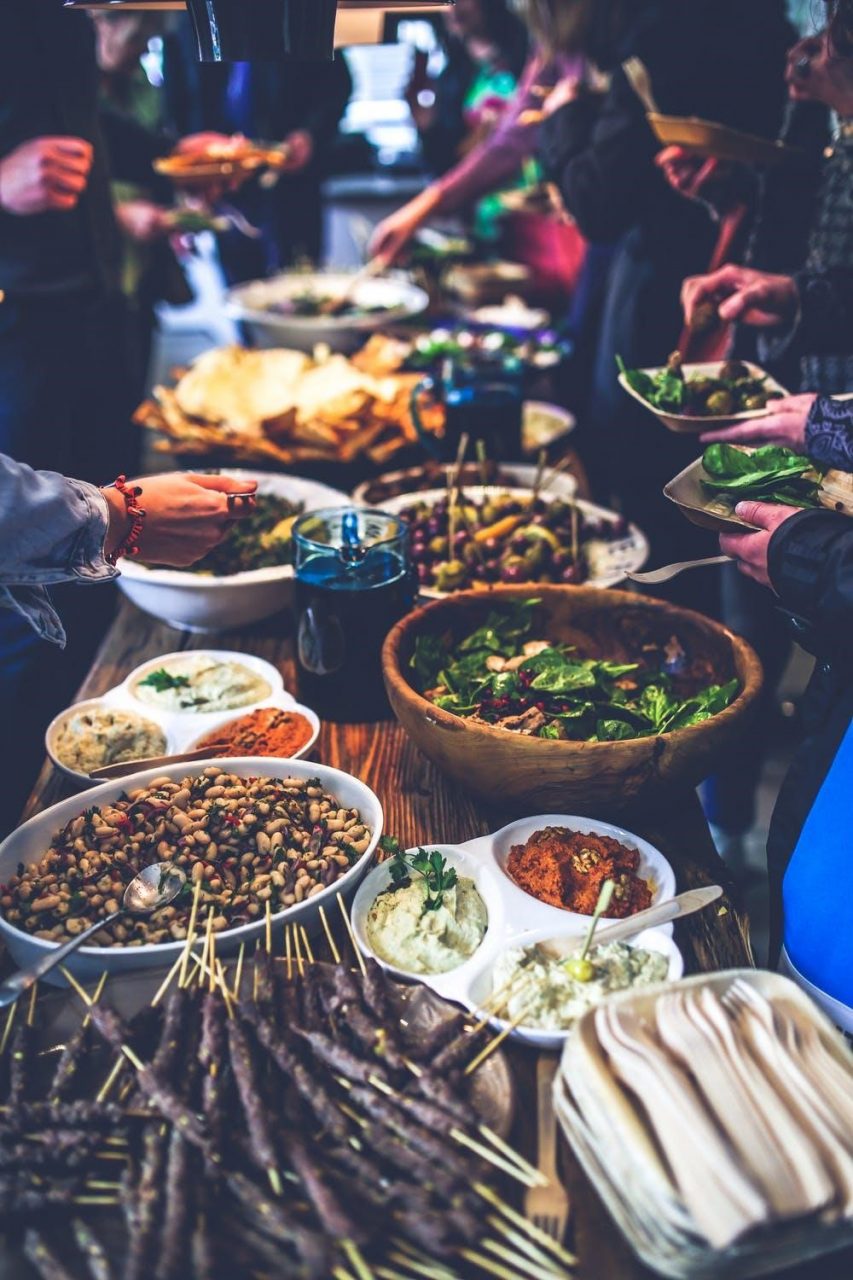
Tip #4: Moderation, not exemption
Many fad diets on the market today recommend eliminating one type of food or another. I have never felt comfortable denying myself a certain food simply to lose weight. If I want a Ribeye steak and roasted potatoes then I should be able to have them. The key is moderation. I may want to eat a steak and potatoes dinner every night, but I don’t because that would be extremely unhealthy and would very likely result in weight gain and various other health conditions.
I also don’t believe in “dieting” necessarily. When you choose to deprive your body of one thing or another, you could be causing more harm than good. For example, diets that include everything with the exception of carbohydrates are then depriving the body of proper fiber and energy intake. In this case, avoiding carbohydrates is not the answer, choosing the right ones (whole wheat and whole grains) and consuming them in moderation, is.